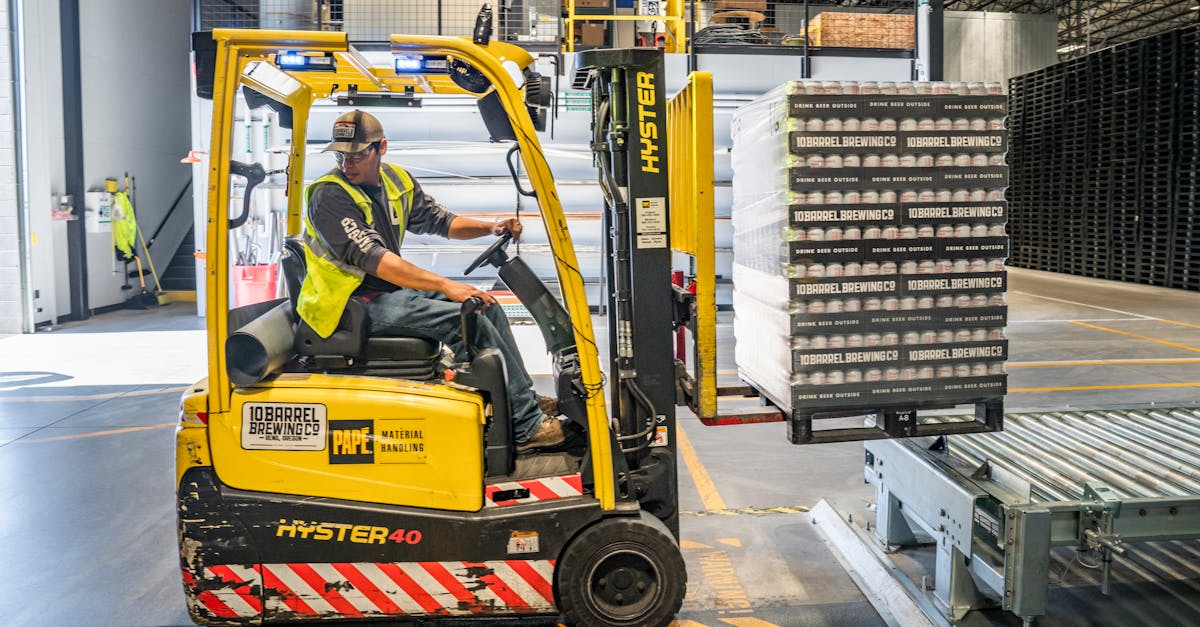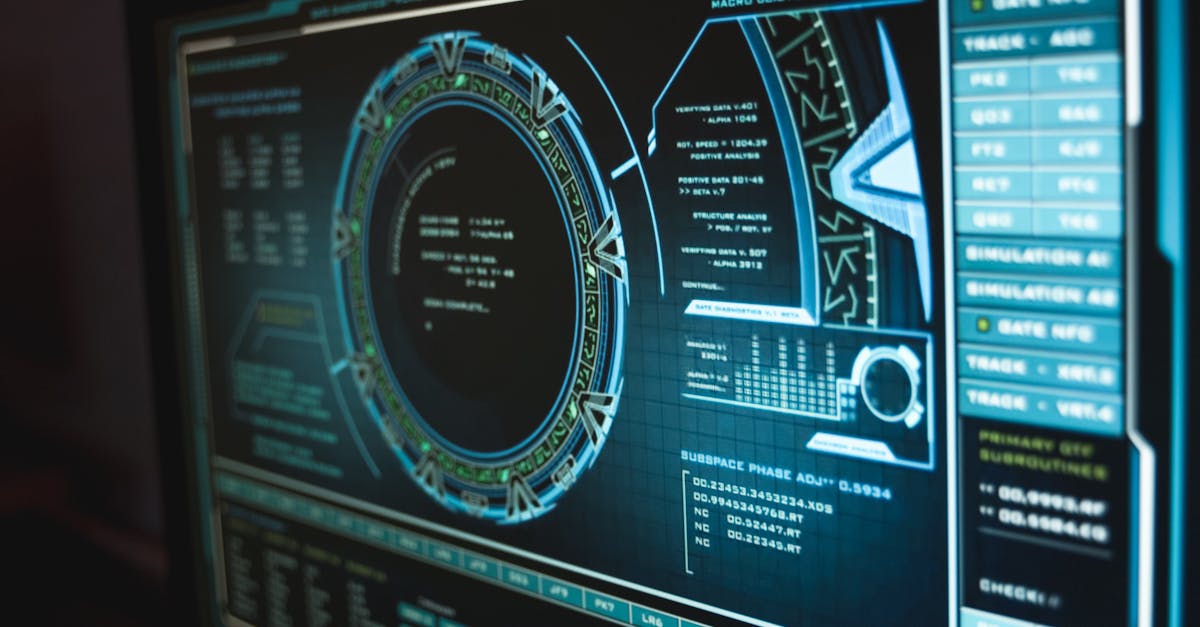How Smart Cities Are Being Transformed by IoT Technology
As technology continues to evolve, the concept of smart cities has become increasingly popular. A smart city is a city that uses technology to improve the quality of life for its citizens, enhance sustainability, and streamline urban services. One of the key technologies that are driving the transformation of smart cities is the Internet of Things (IoT). In this blog post, we will explore how IoT technology is transforming smart cities and the benefits that come with it.

What is IoT?
IoT refers to a network of interconnected devices that are embedded with sensors, software, and network connectivity, allowing them to collect and exchange data. These devices can range from household appliances to industrial equipment, and they can communicate with each other and with the internet, creating a vast network of data. This network of data can then be used to improve efficiency, reduce costs, and enhance the quality of life for citizens.

Smart Cities and IoT
Smart cities use IoT technology to create a digital infrastructure that enables real-time monitoring, analysis, and control of city operations. This technology can be used to collect data on traffic patterns, air quality, water usage, and energy consumption, among other things. This data can then be analyzed to identify areas that need improvement or optimization, and to create solutions that address these issues.
One of the key benefits of IoT technology in smart cities is the ability to create a more sustainable environment. By collecting data on energy consumption and air quality, for example, cities can identify areas where they can reduce energy usage and emissions. They can then implement solutions such as smart lighting systems, renewable energy sources, and public transportation systems that reduce the city's carbon footprint and improve the quality of life for citizens.
Another benefit of IoT technology in smart cities is the ability to improve safety and security. By using sensors and cameras to monitor public spaces, cities can identify potential safety hazards and respond quickly to emergencies. For example, if a pedestrian is hit by a car, sensors can detect the impact and alert emergency services, who can then respond more quickly.

Industry 4.0 and Smart Cities
Industry 4.0 is a term used to describe the fourth industrial revolution, which is characterized by the integration of digital technologies into the manufacturing process. This integration has led to the creation of smart factories, which use IoT technology to optimize production and reduce costs. Smart factories are just one example of how Industry 4.0 is transforming the way businesses operate.
The integration of Industry 4.0 with smart cities is creating new opportunities for innovation and growth. By leveraging the data collected by IoT sensors, cities can create new business models and services that improve the quality of life for citizens. For example, a smart city might use data on traffic patterns to create a ride-sharing service that reduces congestion and improves air quality.

Challenges and Solutions
While IoT technology has the potential to transform smart cities, it also presents significant challenges. One of the biggest challenges is cybersecurity. As more devices are connected to the internet, the risk of cyber attacks increases. Cities must implement robust cybersecurity measures to protect their citizens' data and ensure the integrity of their systems.
Another challenge is the sheer volume of data that IoT sensors generate. Cities must have the infrastructure and resources to manage and analyze this data effectively. To address this challenge, many cities are turning to cloud computing and edge computing solutions, which enable them to process data more quickly and efficiently.
Conclusion
IoT technology is transforming smart cities, creating new opportunities for innovation and growth, and improving the quality of life for citizens. By leveraging the data collected by IoT sensors, cities can optimize urban services, reduce costs, and create a more sustainable environment. However, the integration of IoT technology also presents significant challenges, including cybersecurity and data management. To overcome these challenges, cities must implement robust cybersecurity measures and leverage cloud and edge computing solutions. With the right approach, IoT technology has the potential to transform smart cities and create a brighter future for all citizens.




